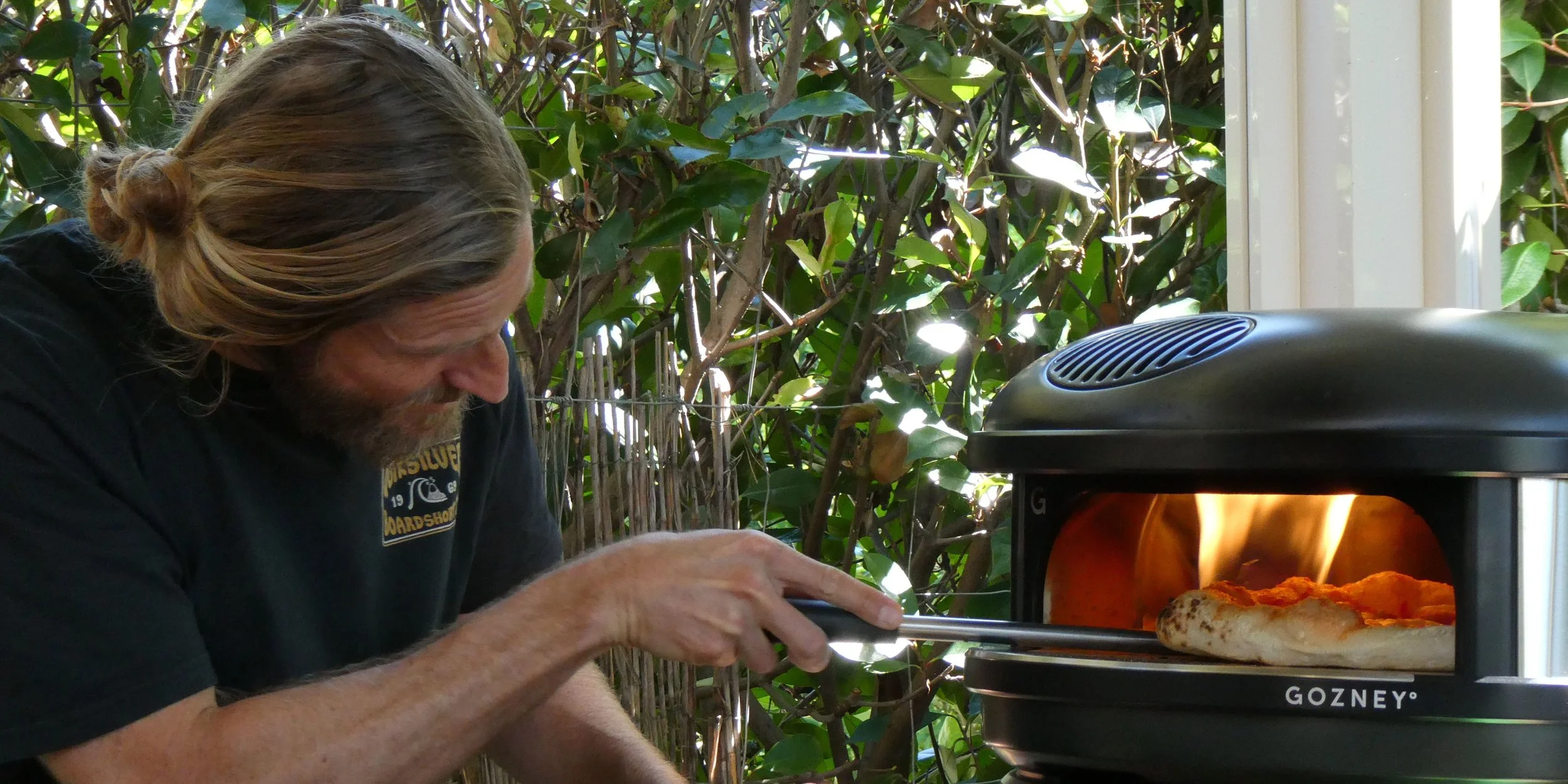Heat Matters: Why the Oven Is Just as Important as the Dough
When people think of great pizza, they usually picture the dough. And fair enough. At Marino & The Dough, we talk a lot about fermentation, flour and hydration. But there’s another ingredient that matters just as much. Heat.
Your oven is the heart of the bake. It decides how the dough rises, how the crust blisters and how the toppings melt. You can have the perfect base, but if the heat’s not right, it won’t come together the way it should.
So let’s talk about ovens. From traditional wood-fired setups to gas burners and home appliances, each one tells a different story. And if you understand how they work, you can get better results no matter where you’re cooking.
Why Neapolitan Pizza Needs High Heat
Neapolitan pizza is known for its soft, airy crust with charred edges and a centre that stays tender. To get that texture, you need a seriously hot oven. We’re talking 430 to 480 degrees Celsius.
That extreme heat causes the dough to puff quickly, forming those iconic leopard spots on the crust. It also cooks the pizza in 90 seconds or less, keeping the centre light and the toppings fresh. If the oven is too cool, the base dries out before the crust lifts. You lose that delicate balance of chew, crunch and softness.
In Naples, pizzaioli have been baking this way for centuries. The wood fire gives both heat and flavour, while the dome shape of the oven helps trap and circulate that intense heat evenly.
Wood Fired vs. Gas Ovens
At our masterclasses, we bring commercial grade ovens that run on either gas or wood. Both have their strengths.
Wood- ired ovens offer an unbeatable flavour. The aroma from the wood infuses the crust and adds a rustic character. The fire also creates a radiant, even heat that’s ideal for fast baking.
Gas ovens bring consistency. They heat up faster and are easier to control, especially in a mobile setup. With the right design, a gas oven can still reach those high Neapolitan temperatures and deliver excellent results.
Luke uses both, depending on the space and the event. The key is knowing how to work with your oven and understanding how heat moves through the stone, the air and the dome.
What We Bring to Every Class
One of the things that sets Marino & The Dough apart is that we never rely on our host’s oven unless it’s gas or wood-fired. We bring everything. That means your pizza is being cooked the same way every time, no matter the location.
Our ovens are custom built for performance. They hold consistent high heat, which makes a huge difference when you’re learning the process. It gives guests the chance to bake like a pro and see exactly how Neapolitan pizza behaves under the right conditions.
You get to feel the fire, time your turn, watch the crust rise and smell the dough as it chars in all the right places.
Tips for Making the Most of a Home Oven
Not everyone has a pizza oven at home, and that’s completely fine. There are still ways to improve your bake using what you’ve got.
Here are a few tips to get the most out of your home oven:
Use a pizza stone or steel: This holds heat and mimics the oven floor. Preheat it for at least 45 minutes at the highest temperature your oven allows.
Go as hot as possible: Most home ovens top out around 250 degrees Celsius. That’s still enough to get a good result if you’ve got the right setup.
Place the pizza close to the top element: This gives you extra radiant heat to brown the top faster.
Don’t overload the toppings: A lighter pizza cooks more evenly and gives the dough a chance to rise properly.
Consider a portable pizza oven: Brands like Ooni or Gozney make gas and wood-fired models that reach 450 degrees and are great for home use.
What to Look for in a Pizza Oven
If you’re thinking about getting your own, here’s what matters:
Maximum temperature: Aim for something that reaches 400 degrees or more.
Cooking surface: A good stone or cordierite base helps transfer heat quickly and evenly.
Size: Make sure it fits the size of pizza you want to make.
Fuel type: Wood gives flavour, gas gives control. Choose what suits your space and lifestyle.
Build quality: You want something that holds heat well and doesn’t lose temperature between bakes.
Final Crust
Heat is not just background noise in the pizza-making process. It’s active, alive and essential. The dough gives you structure and flavour, but it’s the oven that brings it all to life.
Luke often says that good dough is half the story. The rest happens in the oven. Whether it’s wood-fired or gas, commercial or home-style, learning to master your heat is where the real pizza magic happens.
If you’ve ever wondered why your homemade pizza doesn’t quite hit the mark, take a look at your oven. The answer might be sitting right there.
Want to see the difference real heat makes? Book a masterclass and experience it firsthand. We bring the fire, you bring the mates.



